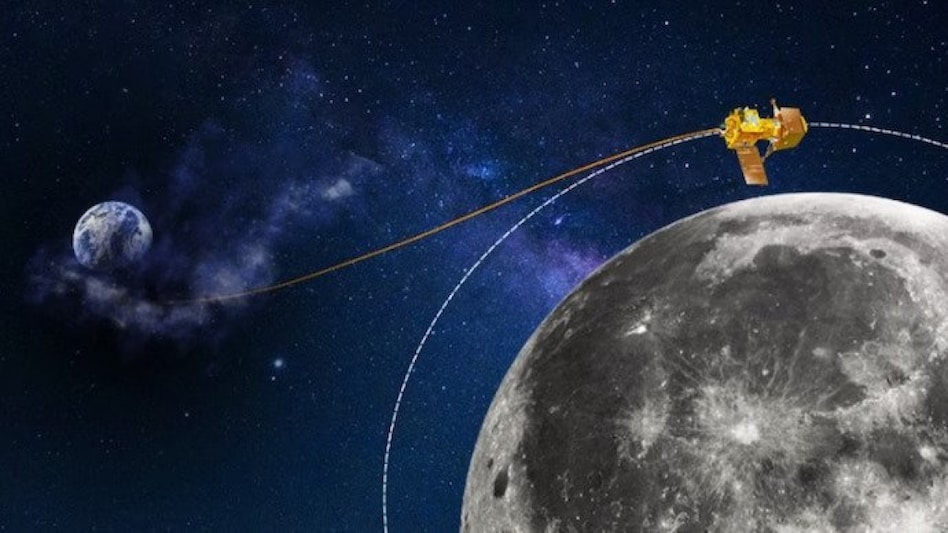 (Image: ISRO)
(Image: ISRO)
 (Image: ISRO)
(Image: ISRO)India's ambitious third Moon mission's spacecraft Chandrayaan-3 conducted the final lunar-bound manoeuvre at around 8:30 am on Wednesday, Indian Space Research Organisation (ISRO) announced on X (formerly Twitter).
"Today’s successful firing, needed for a short duration, has put Chandrayaan-3 into an orbit of 153 km x 163 km, as intended. With this, the lunar bound manoeuvres are completed," the space agency said.
"It’s time for preparations as the Propulsion Module and the Lander Module gear up for their separate journeys," it stated.
After Wednesday’s manoeuvre, ISRO will perform another manoeuvre for lander separation. Separation of the Lander Module from the Propulsion Module is planned for August 17, 2023, the agency added.
Chandrayaan-3 is a follow-on mission to Chandrayaan-2 to demonstrate end-to-end capability in safe landing and roving on the lunar surface. It comprises an indigenous propulsion module, lander module, and a rover with an objective of developing and demonstrating new technologies required for inter-planetary missions.
The propulsion module will carry the lander and rover configuration till 100 km lunar orbit. The propulsion module has Spectro-polarimetry of Habitable Planet Earth (SHAPE) payload to study the spectral and polarimetric measurements of earth from the lunar orbit.
The mission objectives of Chandrayaan-3 are to demonstrate safe and soft landing on the lunar surface, to demonstrate rover roving on the Moon, and to conduct in-situ scientific experiments.
ISRO Chairman S Somnath had said last week that the most critical part of the landing is the process of bringing the velocity of the lander from 30 km height to the final landing, and that the ability to transfer the spacecraft from horizontal to vertical direction is the "trick we have to play" here, PTI reported.
He said, "the velocity at the starting of the landing process is almost 1.68 km per second, but this speed is horizontal to the surface of the moon. The Chandrayaan 3 here is tilted almost 90 degrees, it has to become vertical. So, this whole process of turning from horizontal to vertical is a very interesting calculation mathematically. We have done a lot of simulations. It is here where we had the problem last time (Chandrayaan 2)."
The spacecraft is scheduled to land on August 23.
Also Read: Chandrayaan-3: PM Modi hails ISRO's women scientists in Independence Day speech